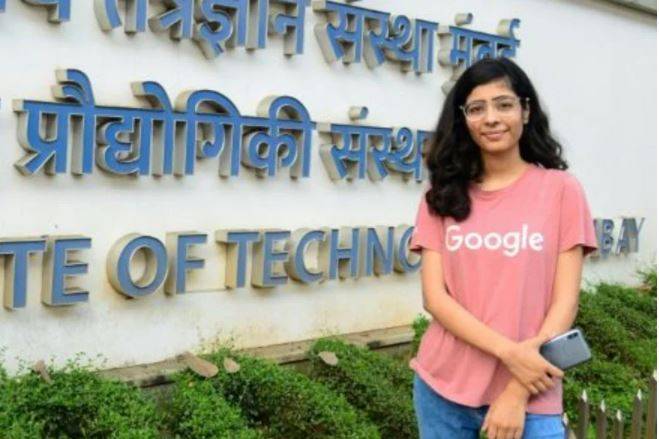Shivani Nandgaonkar (22 years old), a technology student, is determined to follow in the footsteps of Twitter's new CEO, Parag Agrawal (37 years old), the latest in a series of leaders of American tech firms who graduated from prestigious Indian universities. While still in her first semester at the Indian Institute of Technology (IIT) in Bombay, the young woman became an employee at Google, similar to Agrawal, who graduated from the same university, along with others who reach top positions in major American tech companies. She says, "When I learned what happened with Parag, I was very happy."
Addressing complex situations, she adds, "Google's CEO Sundar Pichai is also an IIT graduate," continuing, "I dream (...) of having a high position" at Google. Parag Agrawal (37 years old) is the youngest executive director of the S&P 500. He left India after receiving his degree from IIT to pursue postgraduate studies in the United States, before working at several American companies. Among other Indians holding senior positions in the tech sector are Arvind Krishna from IBM and Nikesh Arora from Palo Alto Networks, both IIT alumni, as well as Satya Nadella from Microsoft and Shantanu Narayen from Adobe.
According to specialists, this phenomenon is attributed to multiple factors including a culture of problem-solving, skills, proficiency in English, and hard work. Billionaire Vinod Khosla, an IIT alumnus and one of the founders of Sun Microsystems, notes that Indians know "how to deal with complex situations," having grown up in contact with various communities, customs, and languages.
"Challenging Authority"
He tells AFP, "The competition within the educational sector in India and social chaos contribute to refining students' skills in addition to the strict vocational training provided by IIT." Silicon Valley expects its senior talent to have professional experience, leadership spirit, and the ability to manage diverse communities in unstable environments. Indian-American author and academic Vivek Wadhwa believes that "in the field of innovation, we must dare to break the rules and we must be bold." He adds, "Not a day goes by in India without breaking rules or facing inefficient bureaucracy or corruption." He states, "Skills like these are very useful for innovation in Silicon Valley, as we are always challenging authority."
### Early Competition
Competition starts early in India, which has a population of over 1.3 billion, where the emphasis on the importance of education has long been recognized. The Indian Institute of Technology is one of India's premier universities, receiving over a million applications for only 16,000 available slots annually. For a year and a half, Shivani Nandgaonkar studied up to 14 hours a day, seven days a week. Wadhwa points out that the admission process to IIT branches is "ten times harder" than the admission process for the Massachusetts Institute of Technology and Harvard University.
The IIT system was established in 1950 by then Prime Minister Jawaharlal Nehru to provide the country with highly skilled science and engineering graduates after independence in 1947.
### Big Dreams
However, graduates have increasingly looked abroad, especially towards the United States where the digital revolution is at its peak. This has not been the case for Chinese engineers, as they found it easy to secure jobs in their thriving economy after graduating from the United States, as pointed out by Johns Hopkins University professor D. Kapoor, an IIT alumnus. Deputy Director of IIT Bombay, S. Sudarshan, explained that "the development of the Indian industrial sector was not advanced during the 1960s, 70s, 80s, and even the 90s," and that "many of those aspiring to work in advanced technology wanted to travel abroad."
For years, more than half of the applicants for U.S. immigration visas have been from India, most of them in the tech industry. Shivani Nandgaonkar noted that she "must dream big" to reach the top.




